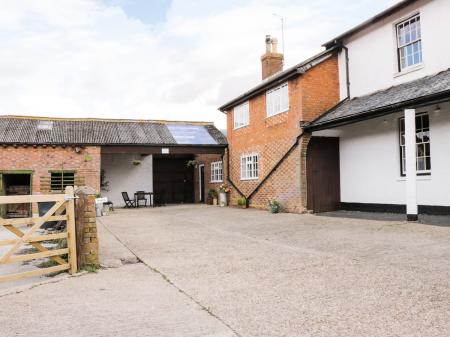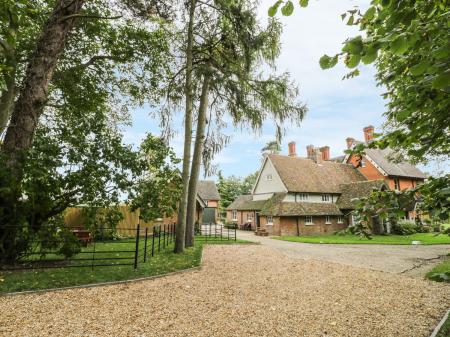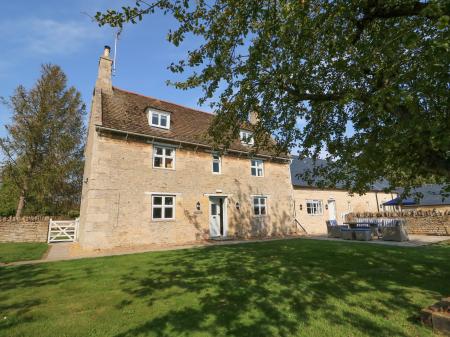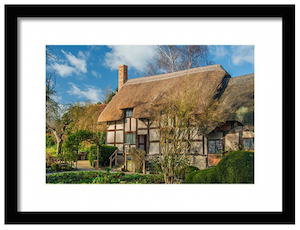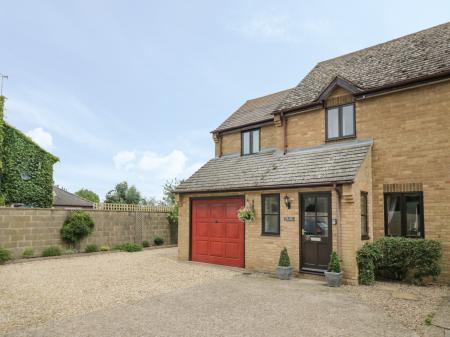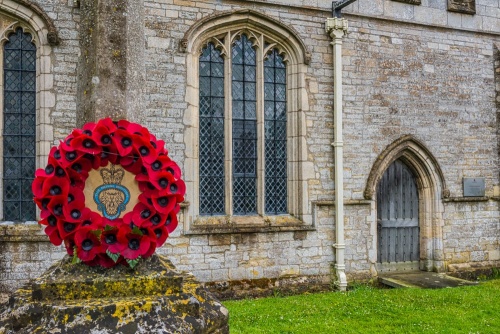
The church was originally aisleless, but the north aisle was added around 1190 and the south in about 1350. The church was expanded in the early 14th century when the porch, spire and clerestories were added.
The most interesting feature of the exterior is the collection of carvings found at the string course. Here you will find a diverse and wonderful collection of carved birds, beasts, and other peculiar beings.
There are human figures that may be churchmen and others that may be knights. Other carvings in the body of the church look like Green Men, the pagan wild man of the woods, surrounded by foliage.
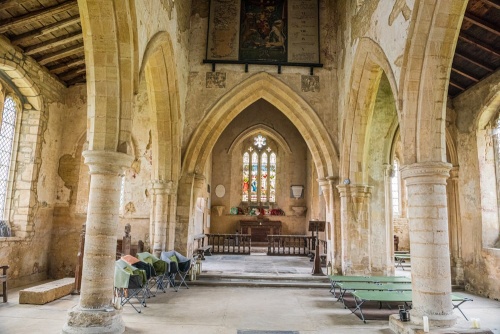
The interior is sparsely furnished, allowing the beauty of the medieval structure to shine through. The nave arches and arcading is particularly lovely. The south arcade may date to as early as the late 12th century.
The font is Early English, probably 13th century. There are fragments of 14th-century glass in the chancel and beside the altar is one of the oldest memorials in the church, to Margaret Davenant (d. 1613). Over the chancel arch is a painted royal coat of arms flanked by panels depicting the Ten Commandments. The coat of arms appears to date to the reign of King George I.
Set into the chancel floor is a memorial brass to William Aldwyncle, who died in 1463. Aldwyncle appears with one foot resting on a dog.
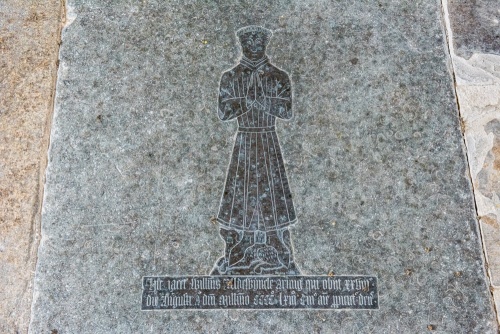
In the chancel is a funeral hatchment to a member of the Spinacre family, while on the nave wall is a very faded painting of St Christopher. There are further grave slabs to members of the Spinacre family in the chantry chapel, where you will find an old parish chest. Fragments of medieval glass remain in the chantry chapel windows and in the aisle. By contrast, the large east window dates to the late Victorian period.
In the churchyard is a Grade-II listed cross shaft.
John Dryden
All Saints is of particular interest for its association with the poet John Dryden (1631-1700). Dryden was born in the rectory (now a private home) opposite the church. He was baptised in All Saints and lived in the village for many years.
A wall plaque in the sanctuary commemorates Dryden and his links to Aldwincle church. It seems safe to assume that the medieval font at the west end of thgew nave is the same font at which Dryden was christened.
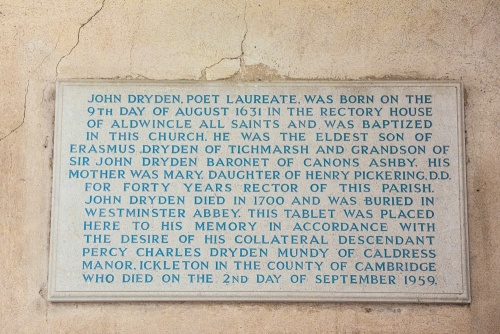
Visiting
All Saints Church is no longer used for regular worship and is in the care of the Churches Conservation Trust. At the time of this writing it is use use for 'champing' (aka church camping). Visitors can sleep overnight in the nave, and there is a water supply and toilet facilities. It is somewhat unnerving to walk into the church and see camp beds and sleeping mats laid out, but, on the other hand, it is good to see the building still in use, even though it is no longer used for regular worship.
In theory, the church is open daily, but when we visited, we found it locked. Following directions on the church sign, we checked with the neighbouring manor house for a key.
This involved driving several hundred yards down the lane to the manor gates, which were locked, pressing an intercom button, and hoping someone was available to answer. A very friendly woman answered, opened the gates for us, and gave us the key. We had to reverse the process after we had finished, which did make for a protracted visit, but at least we got to explore the church, which was the whole point!
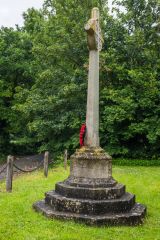
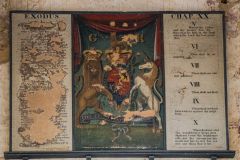
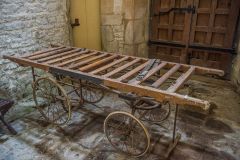
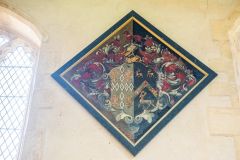
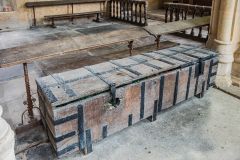
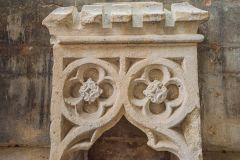
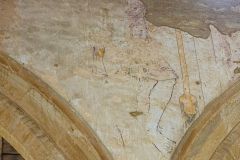
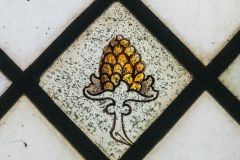
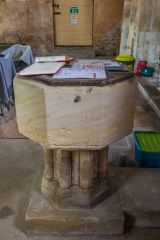
 We've 'tagged' this attraction information to help you find related historic attractions and learn more about major time periods mentioned.
We've 'tagged' this attraction information to help you find related historic attractions and learn more about major time periods mentioned.